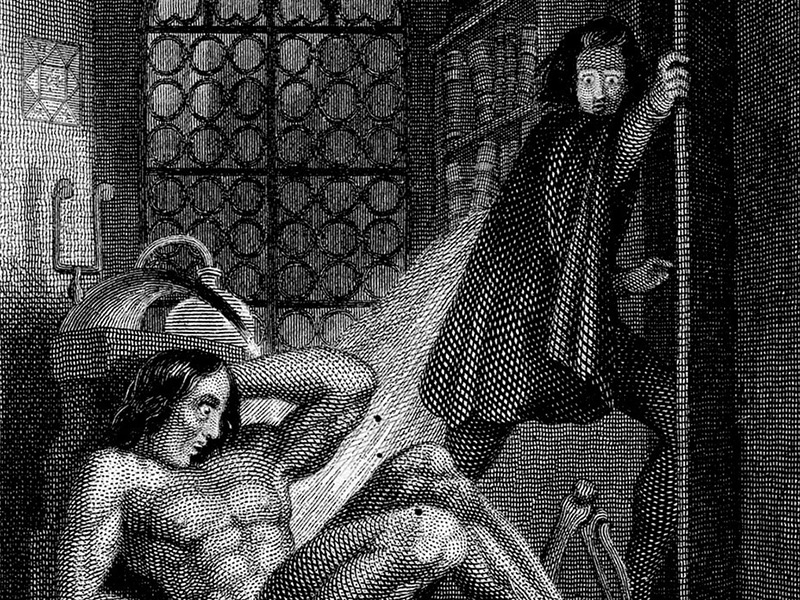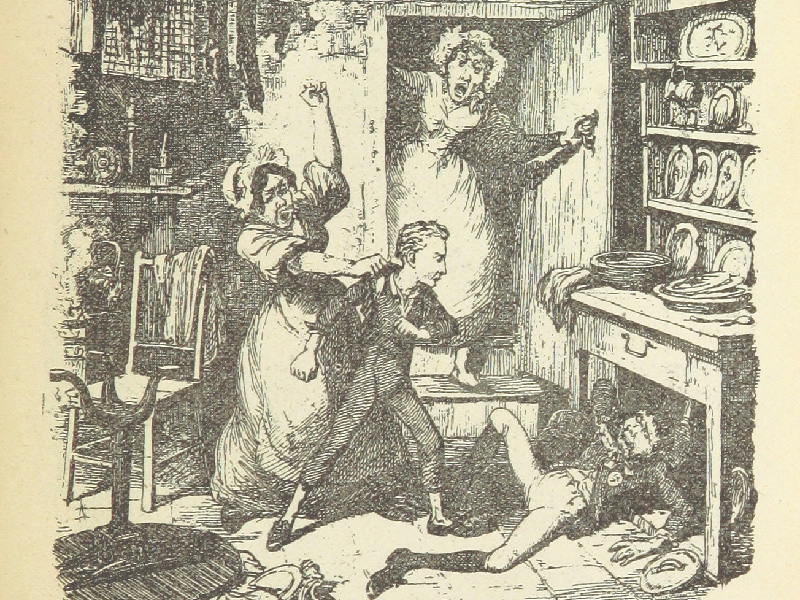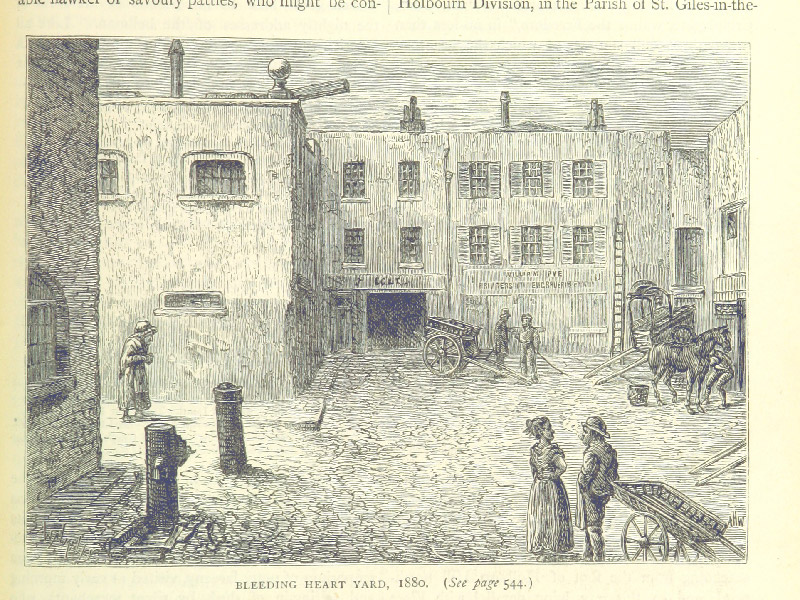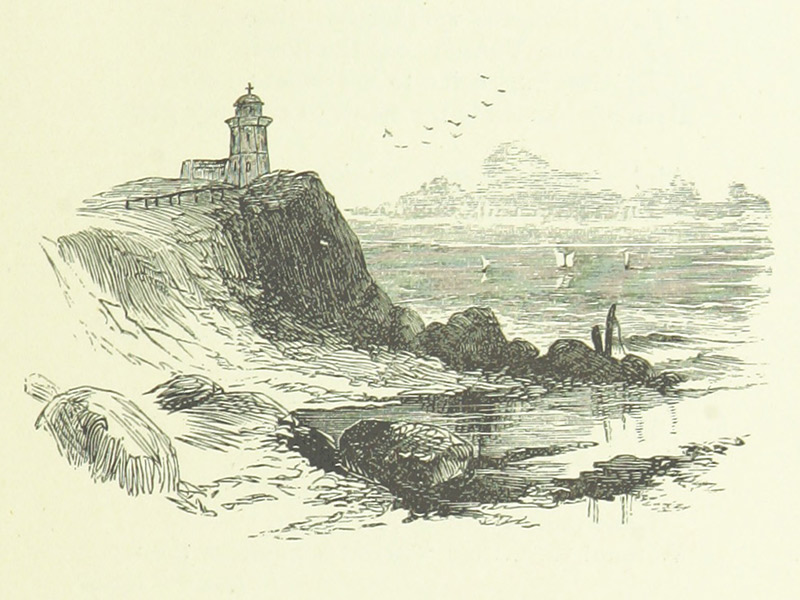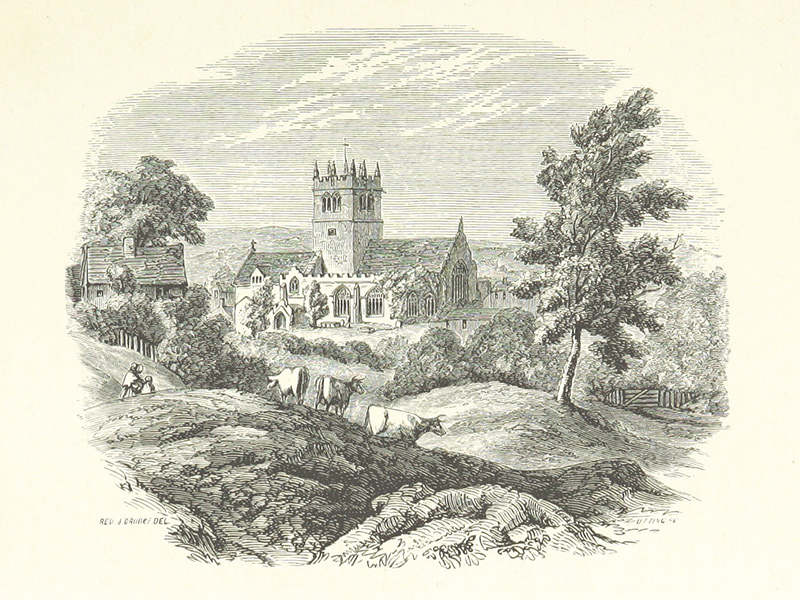Correspondent Places
Explicit Representation of Places with Real World Correspondence
This group of texts contains worlds that can be referenced geographically and historically to real world spaces (Bakhtin defines these as "concrete"). Here, space and place correspond to actual, historically existing geographical places, that can be identified through realistic details such as placenames, streets, cities and regions of a real country, and so on. The nineteenth-century realist novels of writers such as Eliot; Dickens; Trollope; Flaubert and others fall into this category. Time, or chronos, in such literary worlds is based on parallel plots that take place within a single, universalised timeframe, one that can only be seen as a unified whole by the reader.
Such settings – temporal and spatial – are not without symbolic or figurative value, but these base metaphors are rooted firmly in the real. Think, for instance, of Dickens' Oliver Twist: London is explicitly represented, its areas, streets and buildings named and identified. And yet the London slums also have a claustrophobic aspect, and the dark criminal underworld is concretely registered in the filthy and decaying rookeries of Jacob's Island. By contrast, the rural retreat of Oliver's native town stands in emblematic opposition to the city.


